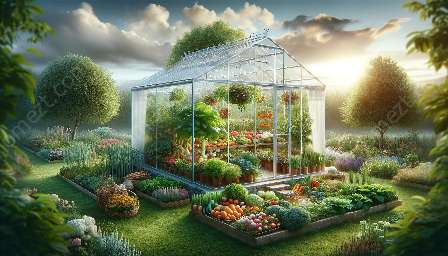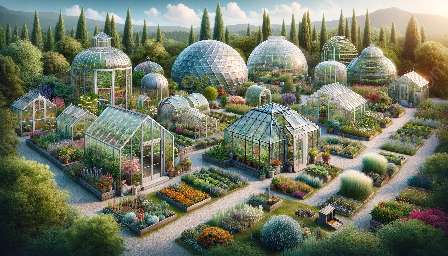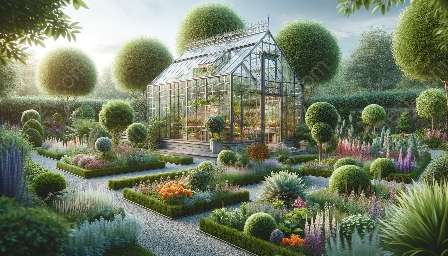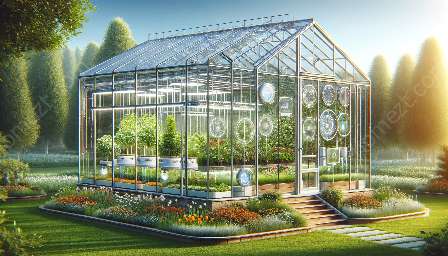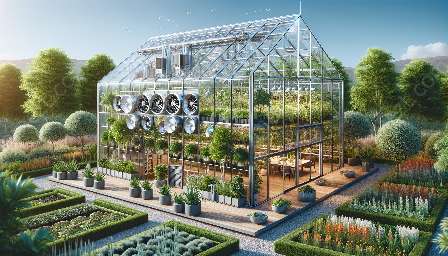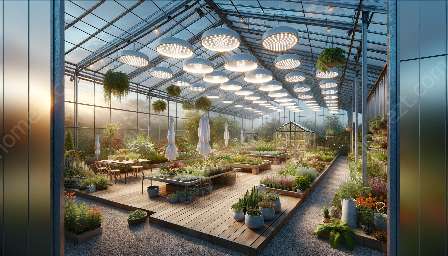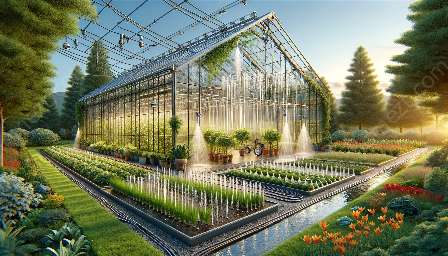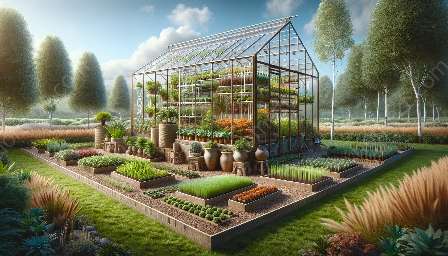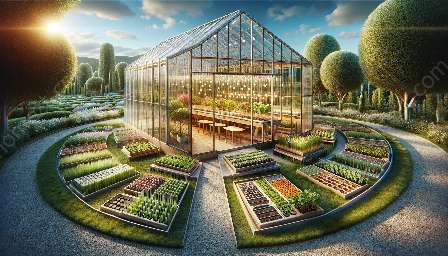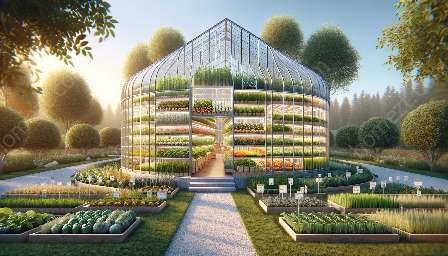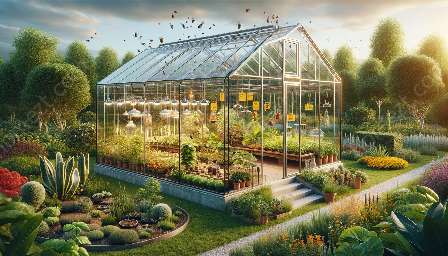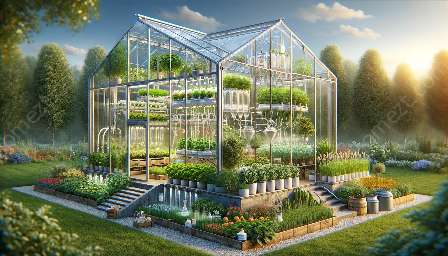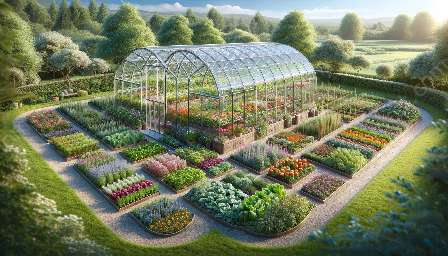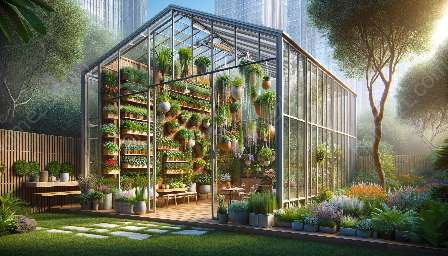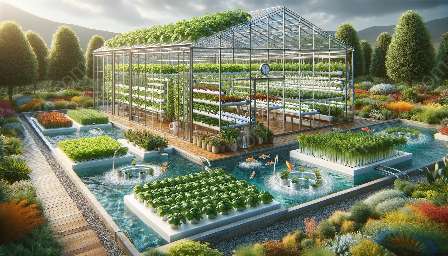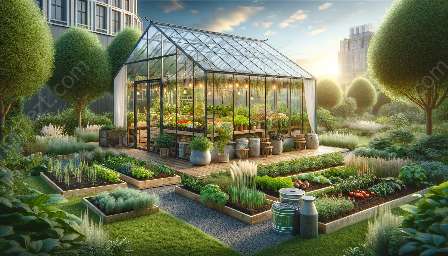Greenhouse gardening offers a controlled environment for plants, allowing enthusiasts to extend the growing season and cultivate a wider range of plants. One of the key factors that contribute to successful greenhouse gardening is the choice of soil and growing media. By understanding the characteristics, requirements, and best practices related to soil and growing media, gardeners can create an optimal environment for plant growth within their greenhouses.
The Importance of Soil and Growing Media in Greenhouse Gardening
Soil and growing media play a crucial role in successful greenhouse gardening. The soil in a greenhouse serves as a medium for plant roots to anchor, access water and nutrients, and interact with microorganisms. The growing media, on the other hand, are used in container gardening and hydroponic systems to support plant growth. Both the soil and growing media provide the necessary physical support and nutritional elements for healthy plant development.
Characteristics of Ideal Soil for Greenhouse Gardening
The soil used in greenhouse gardening should have specific characteristics to support healthy plant growth. It should be well-draining to prevent waterlogging, yet should retain enough moisture to sustain plant roots. Additionally, the soil should be rich in organic matter, providing essential nutrients and promoting microbial activity. A neutral pH level is desirable, as it ensures optimal nutrient availability to plants. Furthermore, the soil should have good structure and aeration, allowing for proper root development and gas exchange.
Choosing Growing Media for Greenhouse Gardening
When it comes to container gardening and hydroponic systems, the choice of growing media is critical. Various materials can be used as growing media, including peat moss, coco coir, perlite, vermiculite, and compost. Each growing medium has unique properties that affect water retention, aeration, and nutrient availability. Gardeners must select the appropriate growing media based on the specific needs of their plants and the requirements of their chosen cultivation method.
Enriching Soil for Greenhouse Gardening
Enriching the soil with organic matter is essential for maintaining its fertility and enhancing the overall growing environment. Composted materials, such as well-aged manure, kitchen scraps, and leaf mold, can be added to the soil to improve its structure and nutrient content. Additionally, incorporating organic amendments helps stimulate microbial activity, which contributes to the breakdown of organic matter, release of nutrients, and suppression of plant disease. By enriching the soil, gardeners create a healthy and productive foundation for their greenhouse plants.
Best Practices for Soil and Growing Media Management
Effective management of soil and growing media is essential for sustaining the health and productivity of greenhouse plants. Regular monitoring of soil moisture levels, pH, and nutrient content is crucial to ensure that plants receive optimal growing conditions. Proper watering practices, such as using drip irrigation or self-watering containers, help maintain consistent moisture levels in the growing media. Furthermore, periodic soil testing and amendment applications contribute to the long-term fertility and viability of the soil in greenhouse gardening.
Conclusion
Soil and growing media are fundamental components of successful greenhouse gardening. By understanding the characteristics of ideal soil, choosing suitable growing media, and implementing effective management practices, gardeners can create an optimal environment for plant growth within their greenhouses. With the right soil and growing media, greenhouse enthusiasts can cultivate a diverse array of plants and enjoy year-round gardening opportunities.

